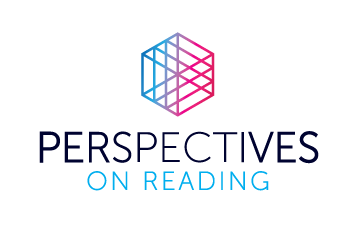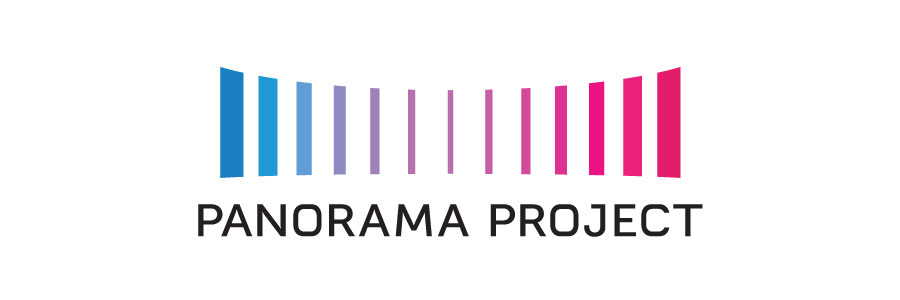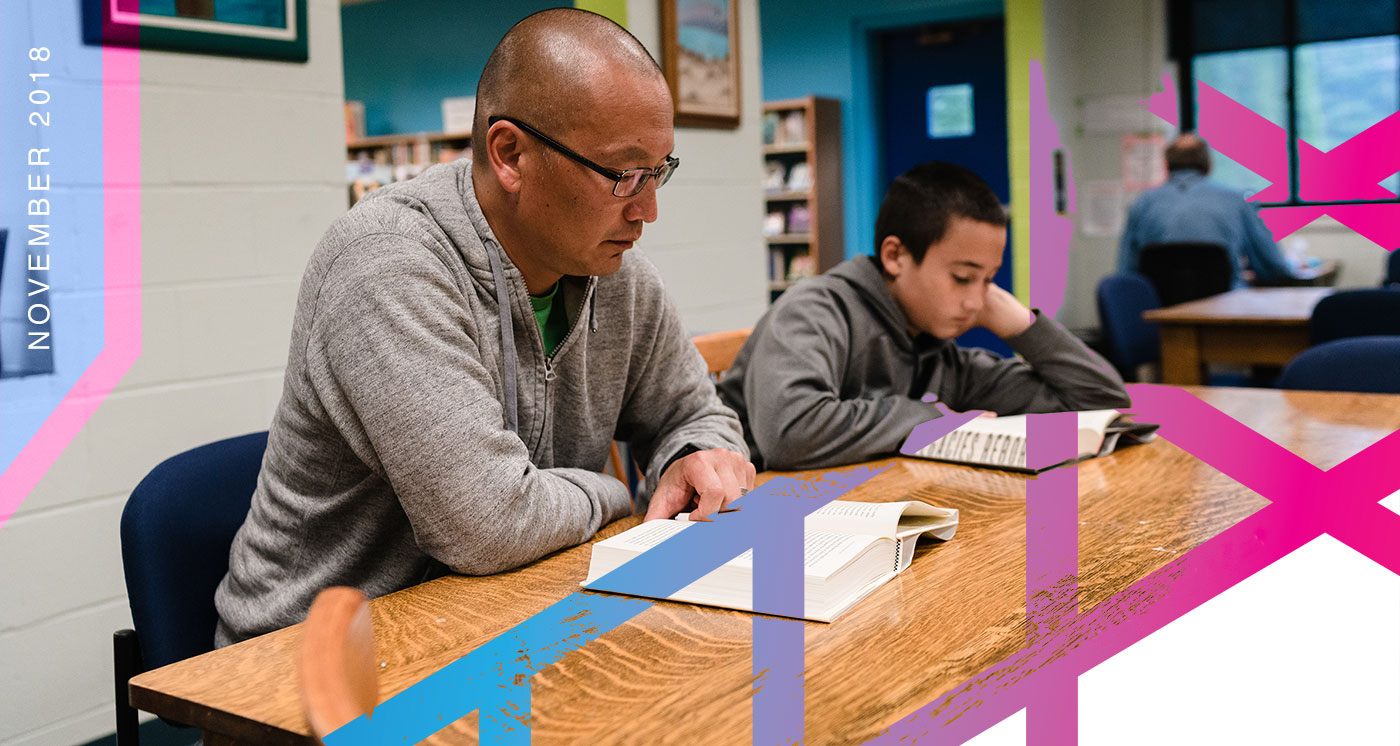Before the written word, stories were passed down through the oral tradition of storytelling. For Liberian-American author Wayétu Moore, the stories of West Africa were her introduction to imaginative worlds and speculative fiction.
Continue ReadingEditorial: The Shark Tank marketing channel made in heaven
It goes unappreciated to many authors and publishers that libraries and librarians promote their product – reading and the books they produce – in thousands of high-traffic consumer locations in nearly every community.
A first-time novelist, Christina Dalcher is also a writer of flash fiction (short, short stories) and previously taught undergraduate and post-graduate courses in linguistics, phonetics and phonology as well as writing and rhetoric.
Continue ReadingPoint of View: Nick Buron, Chief Librarian at the Queens Library
Steve Potash speaks with Queens Library Chief Librarian Nick Buron. Serving a diverse community of 2.3 million across 62 locations, the Queens Library has among the highest circulation rates in the country.
Continue ReadingA maturity or content-specific rating system hasn’t been developed on a national level and is needed to guide parents – and may be able to prevent censorship.
Continue ReadingNo matter what academic activities children take part in at school and at the library, motivation to read comes from the way children perceive reading as a family value.
Continue ReadingThere’s little denying that children and adults alike bond over video games, and some libraries are beginning to capitalize on this by incorporating them into their regular programming and materials.
Continue ReadingDuring every meeting at Virginia’s Galax Public Library, attendees connect with other writers of various ages and at different stages of their writer’s journey.
Continue ReadingIn the last two years, audiobook usage through libraries has increased 46 percent, with an average of 220,000 audiobooks checked out daily so far in 2018.
Continue ReadingFor half of our population, their literacy skills are so low they’re unable to read prescription drug labels, and 20 percent of Americans read below the level needed to earn a living wage.
Continue Reading










